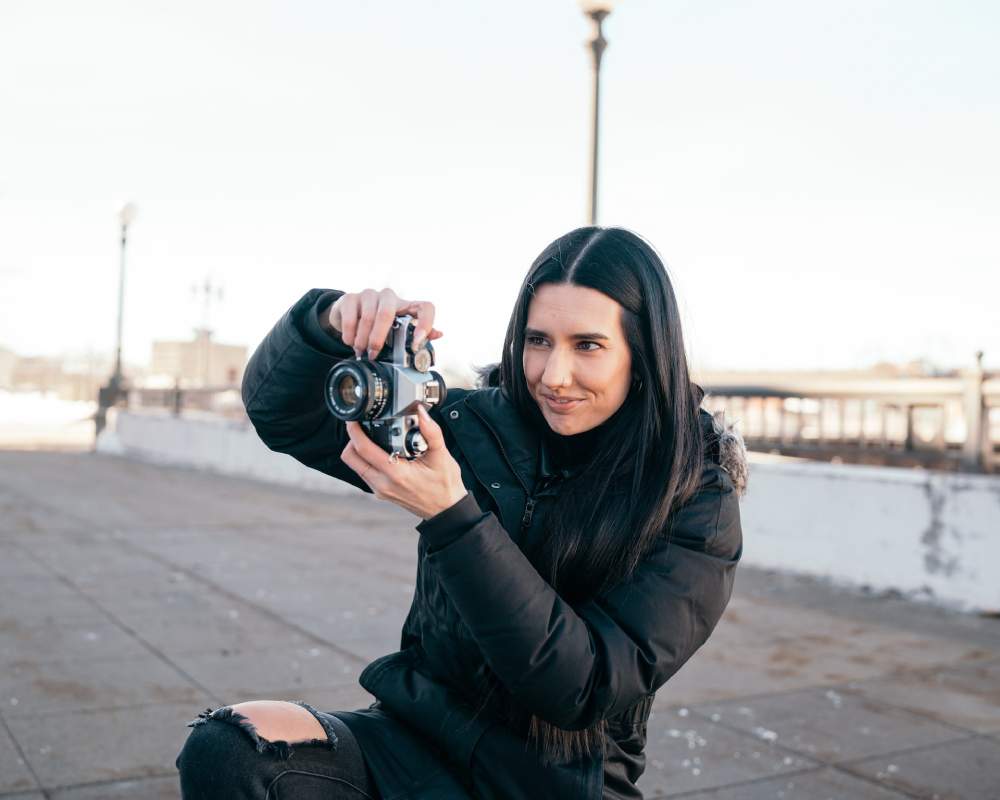Learn to master portrait photography composition and lighting techniques with this collection of inspiring examples and expert tips.
The eyes are the window to the soul, and great portrait photos must elicit an emotional response from the viewer. Composition is everything regarding portraits, determining how the subject and background work together.
Light is Everything
The quality of light in a portrait can make or break the image. Understanding how to manipulate different types of light will allow you to create more exciting and compelling images.
The direction in which the light is positioned can also significantly impact the subject’s appearance. Lighting from directly behind the camera produces flat light, whereas side lighting can show the subject’s shape and cast it in partial shadow, creating a dramatic look. A common technique called Rembrandt lighting focuses the light on one side of the face, producing a striking effect.
The color of the light can also affect the mood of an image, with warm colors creating a cozy, intimate feeling and cool colors producing a somber atmosphere. Taking the time to master these techniques from experts in photography like Meg Bitton will set you apart from amateur photographers and allow you to create breathtaking portraits. You can enhance your work through digital editing, such as color grading and selective blurring.
Color is Everything
Regarding portrait photography, the best photos capture a person’s personality and tell a story. This can be achieved through several techniques, including framing and posing, lighting, and experimenting with angles.
Another critical component of great portrait photography is utilizing color to create depth and draw the eye. The right colors can create a sense of warmth, coolness, and brightness, which can impact the viewer’s emotional response.
Learning about different colors and their use in photos is a great way to get more creative with your compositions. While following compositional rules can help you achieve better results, don’t be afraid to break them occasionally – it could lead to some truly unique and exciting shots! Having a distinct style can also help your work stand out from the crowd. It’s a good idea to analyze other photographers’ work and find out what makes their images unique.
Shape is Everything
Portrait photography is a genre of photographing people to capture their personalities, emotions, and features. It uses flattering backgrounds, lighting, and poses to create a visually compelling image of the subject.
To give your subjects a three-dimensional appearance, consider their shape (or form). Changing the lighting on a person’s face from flat to Rembrandt can completely alter how they look. Lighting a subject from one direction will create shadows on their face while lighting them from another will eliminate them.
The size of your photo can also influence how it looks. You can crop and straighten it, removing stray hairs or clothing wrinkles to make your photo more polished. You can even use props creatively to add depth and interest to your images. The best portraits are often the ones that tell a story and draw in the viewer. They aren’t just about a person’s face but also about their environment and how they interact with it.
Composition is Everything
When capturing portraits that are interesting and visually appealing, composition is critical. It’s essential to consider the placement of your subject, the use of negative space, and the overall balance of your photo when it comes to composing it.
Framing your subject using doors, windows, and lines is a great way to keep the viewer’s attention on your topic while making them feel a part of the scene. You can also use your background to create a visually appealing image by using different textures and colors or even creating a sense of movement in the shot with a slow shutter speed.
Keeping in mind the above tips can help you capture better portrait photos. While they may seem simple, it’s incredible how often they’re overlooked, resulting in underwhelming images that could have been so much more. So, experiment with these composition techniques to elevate your next portrait shoot!



